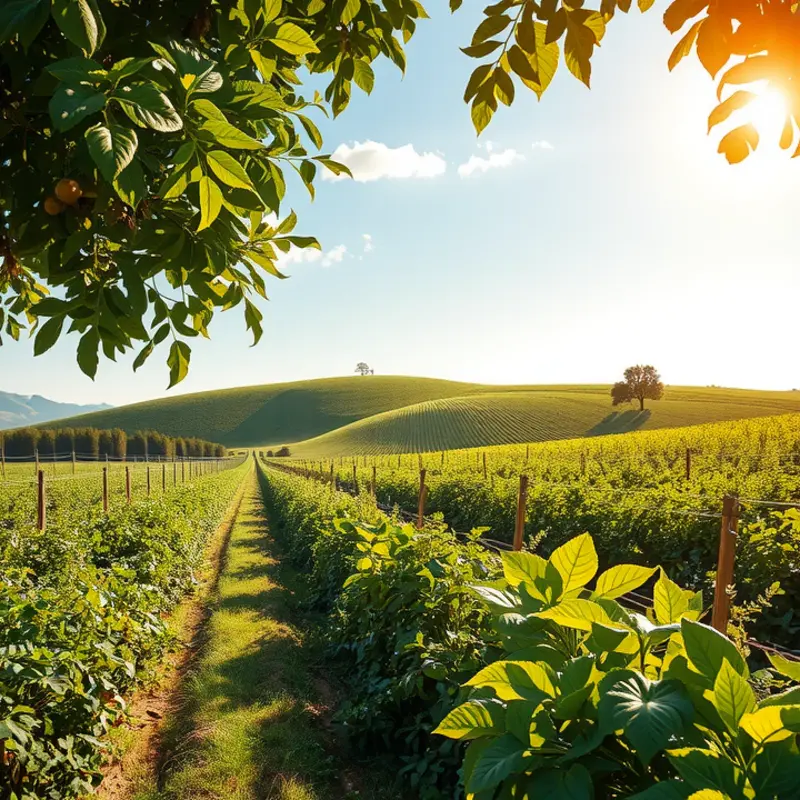Sustainable seafood practices are essential for protecting our oceans and ensuring the longevity of fish populations. By making informed choices, you can enjoy delicious seafood while supporting the health of marine ecosystems. This guide will help you navigate the complexities of sustainable seafood, from understanding labels to choosing the right sources, empowering you to make eco-conscious food selections.
Understanding Sustainable Seafood: The Basics

Sustainable seafood involves harvesting and farming practices that support ecosystem health, promote fish stocks’ longevity, and minimize environmental impacts. Understanding the importance of sustainability in seafood begins with examining three critical factors: overfishing, bycatch, and aquaculture.
Overfishing occurs when fish are captured faster than they can regenerate, depleting populations. This disruption can lead to the collapse of entire ecosystems. To combat overfishing, consumers can prioritize seafood from fisheries certified by reputable organizations, ensuring they adhere to quotas and regulations that maintain ecological balance.
Bycatch, another pressing issue, involves the unintended capture of non-target species during fishing activities. This includes fish, marine mammals, and seabirds. Reducing bycatch requires adopting selective fishing gear and practices, aiming to minimize the capture of non-target species. These developments rely on technological advancements and fishing strategy innovations.
Aquaculture, or fish farming, presents both opportunities and challenges for sustainability. On one hand, it reduces pressure on wild fish populations; on the other, it can lead to habitat destruction, pollution, and disease if managed poorly. Sustainable aquaculture practices emphasize environmentally responsible operations, such as recirculating systems and polyculture methods, to reduce waste and mimic natural ecosystems.
When shopping for seafood, look for certifications like the Marine Stewardship Council or the Aquaculture Stewardship Council. Checking labels and sourcing information enables consumers to track the sustainability of their choices, empowering them to demand better practices from producers and retailers.
For those interested in further incorporating sustainable eating practices into their daily lives, exploring eco-smart kitchen storage can help in reducing waste and maximizing food shelf life. Such efforts not only support ecological preservation but also enhance the broader goals of sustainability at home.
By understanding these key aspects of sustainable seafood, consumers can make informed choices that contribute to the health and resilience of marine ecosystems. Every step towards sustainability is a step towards a healthier ocean and a more balanced environment.
How to Choose Sustainable Seafood

Choosing sustainable seafood means savoring the ocean’s flavors while being mindful of its ecological balance. One of the first steps is understanding eco-labels, which can guide you towards making responsible purchases. Look for labels such as the Marine Stewardship Council and Aquaculture Stewardship Council, which indicate that the seafood comes from fisheries and farms that meet rigorous environmental standards.
Another crucial factor is selecting seafood that aligns with its natural cycles. Opting for seasonal seafood allows you to enjoy fresh, delicious options while minimizing harm to fish populations. Seasonal choices often come from nearby waters, reducing the carbon footprint associated with shipping and storage.
Supporting responsible fisheries is another powerful way to promote sustainability. Investigate how local fisheries manage their resources. Are they using methods that reduce bycatch and preserve habitats? Knowing where your seafood comes from can significantly impact how we fish the oceans’ depths.
Remember, diversity in your seafood choices can reduce pressure on overfished species. Experiment with different varieties, like shellfish or lesser-known fish, to contribute to ecological balance and discover new flavors. For recipes and techniques to try with these options, take a look at speedy seafood prep.
Lastly, educate yourself continuously about seafood sustainability. Environmentally friendly practices evolve, and staying informed can help you make better decisions. Engage with local fisheries, attend sustainable food events, or join forums and discussions that focus on eco-friendly consumption.
Prioritizing sustainable seafood enriches not only your culinary experience but also helps preserve marine ecosystems. By making conscious choices, you’re investing in the health of our planet and ensuring that future generations can also enjoy the ocean’s bounty.
Final words
Making sustainable seafood choices is not just about the health of our oceans; it’s also about enjoying abundance without compromise. By understanding the principles of sustainability and being mindful of the seafood you purchase, you contribute to the preservation of marine life and the health of our planet. Start today by visiting local markets, exploring seasonal options, and choosing certified sustainable seafood. Together, we can ensure that future generations can enjoy the ocean’s bounty as we strive to maintain the delicate balance of our ecosystems.








